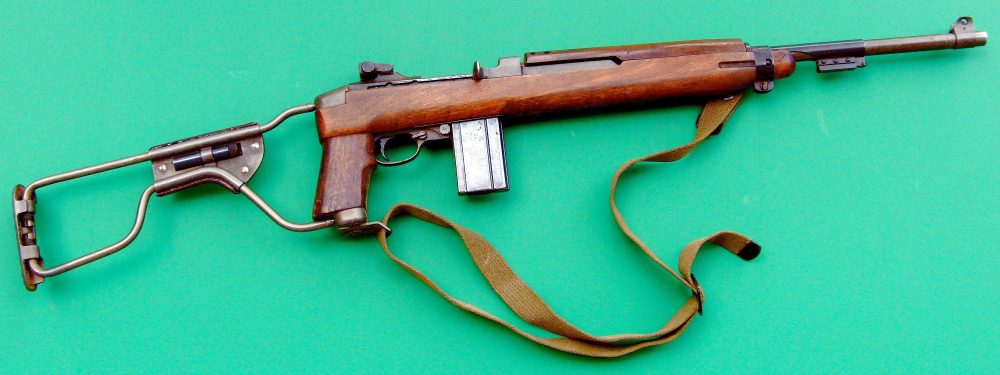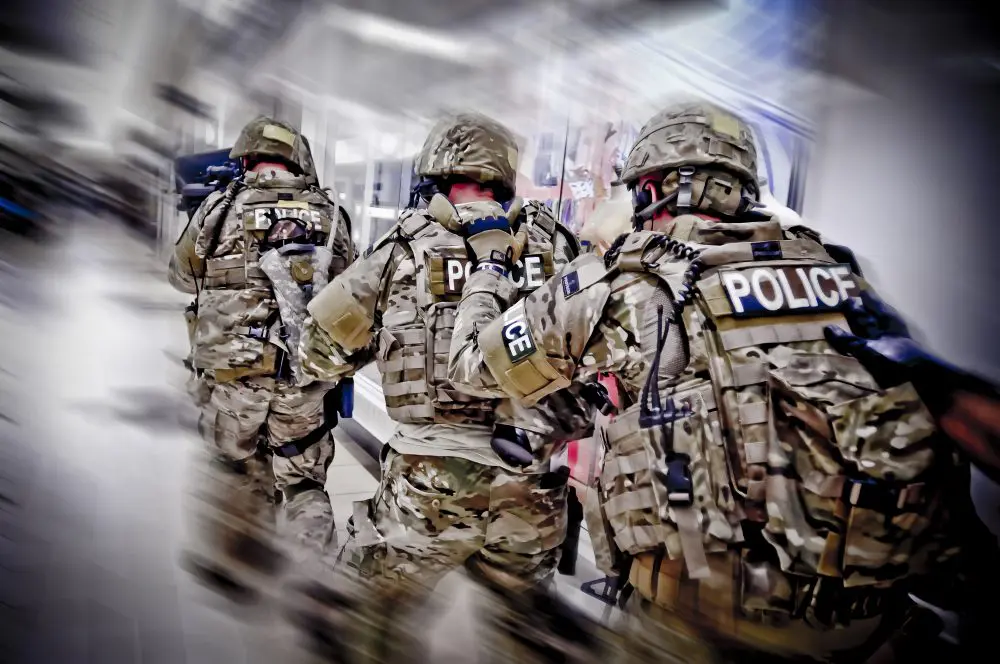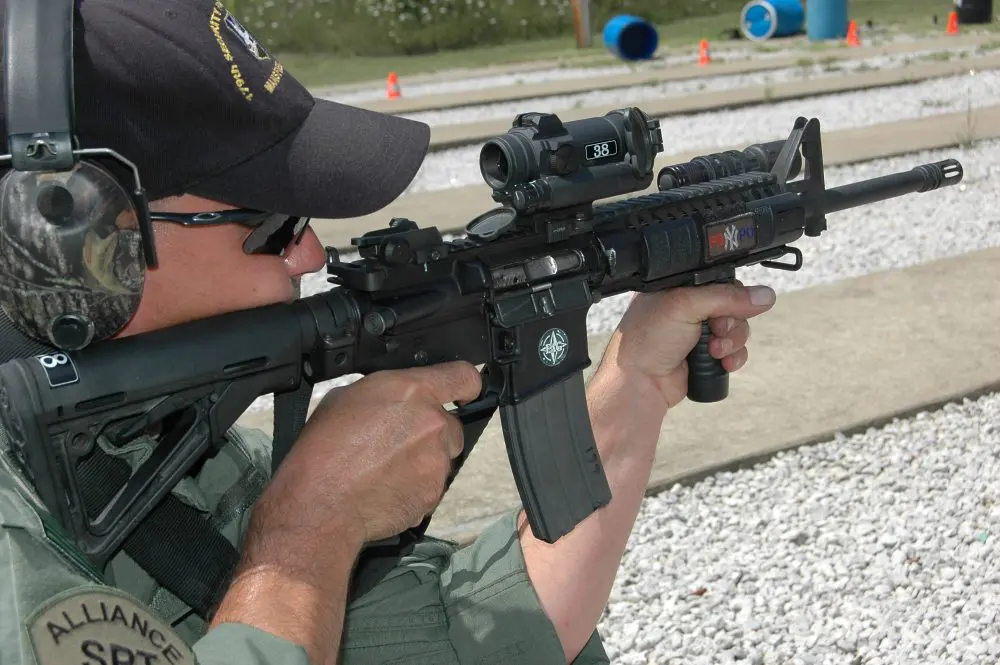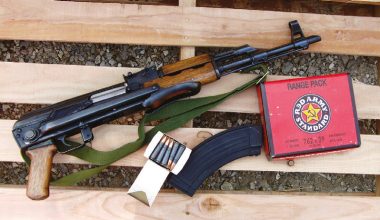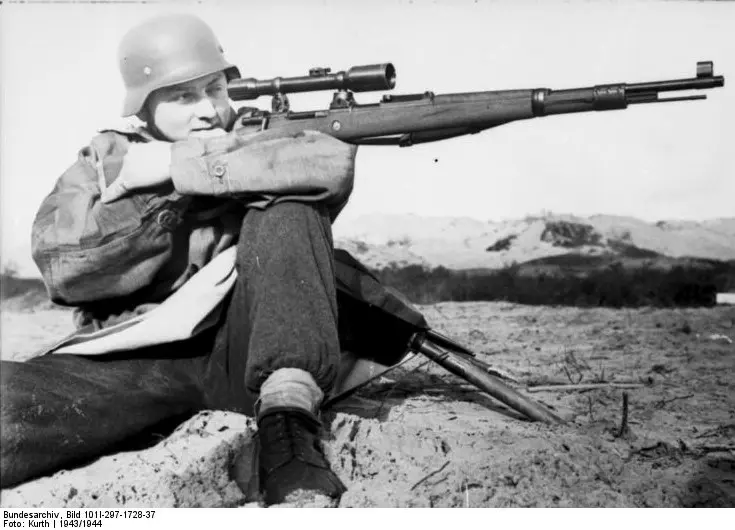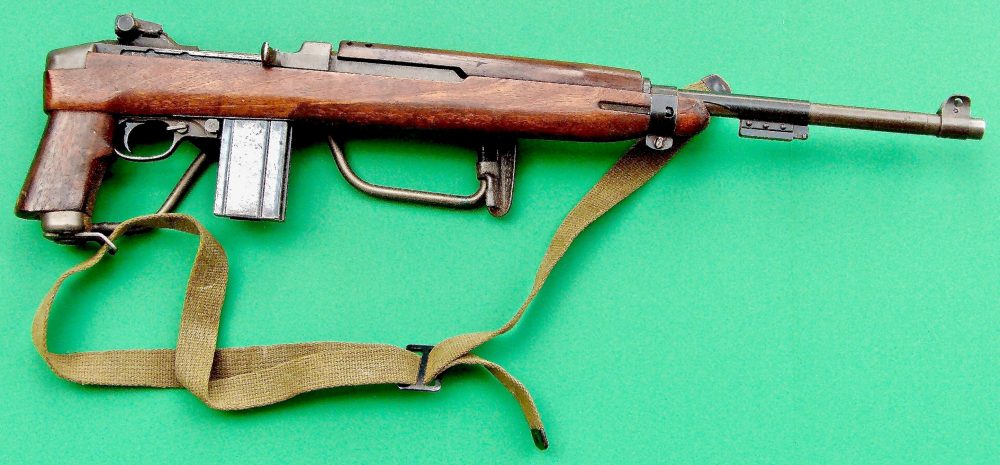
During the 1970s, I used to hang out at a St. Louis gun shop frequented by “Cinder Dicks” (railroad police) from the East St. Louis Railroad Yards.The East St. Louis Yards were a well-known combat zone. For example, there was a tower reinforced with sandbags around the observation point, from which rifle-armed railroad cops could give fire support. The railroad police who patrolled the yards were hardcore, and it was always interesting to hear their stories and see their weaponry.
At that time, the AR-15 was not widely used in law enforcement, but the M1 Carbine, often loaded with tracer rounds, was a popular choice among the railroad cops. Rules of engagement were flexible, and the cinder dicks had no reluctance to shoot boxcar hijackers.
One of the yard dicks I got to know carried a GI-surplus M1A1 paratroop Carbine that I believe was obtained through the Civilian Marksmanship Program.
I fell in love with that Carbine the moment I saw it. It was handy, easy to shoot, and at the time .30 Carbine ammo was inexpensive and widely available. I really wanted that Carbine, but the owner was unwilling to sell, so it went to the top of my “want list,” where it stayed for many years until I finally purchased one.
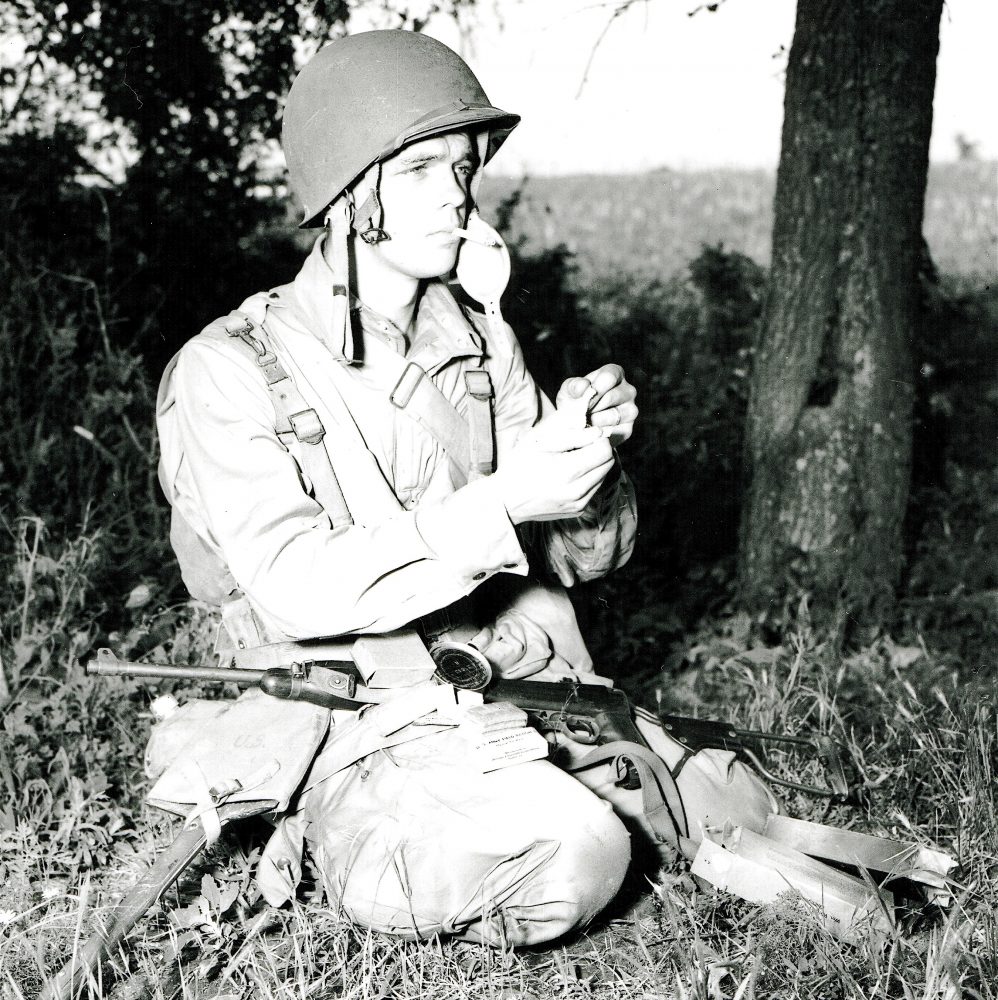
I did not want one of the reproduced M1A1 paratroop Carbines that appeared later, but held out for an original US-GI M1A1. I bought mine at the right time—just before Band of Brothers ran on HBO. As the iconic World War II paratrooper rifle, prices of the M1A1 skyrocketed after the series was telecast. Prices were highest for the original production Carbines with the flip-up rear sight and push-button safety.I actually preferred the later production (May to December 1944) or post-war refurbished Carbines that sold for substantially less and had an adjustable rear sight, bayonet lug, and lever safety.
Originally the M1 and M1A1 Carbines took a 15-round magazine, but after the M2 select-fire version was introduced, 30-round magazines became available. On original M1 Carbines, the magazine catch was not designed for the heavier 30-round magazines; hence they were often unreliable. Those refurbished after WWII normally had the stronger catch and thus are more reliable with the 30-round magazine.
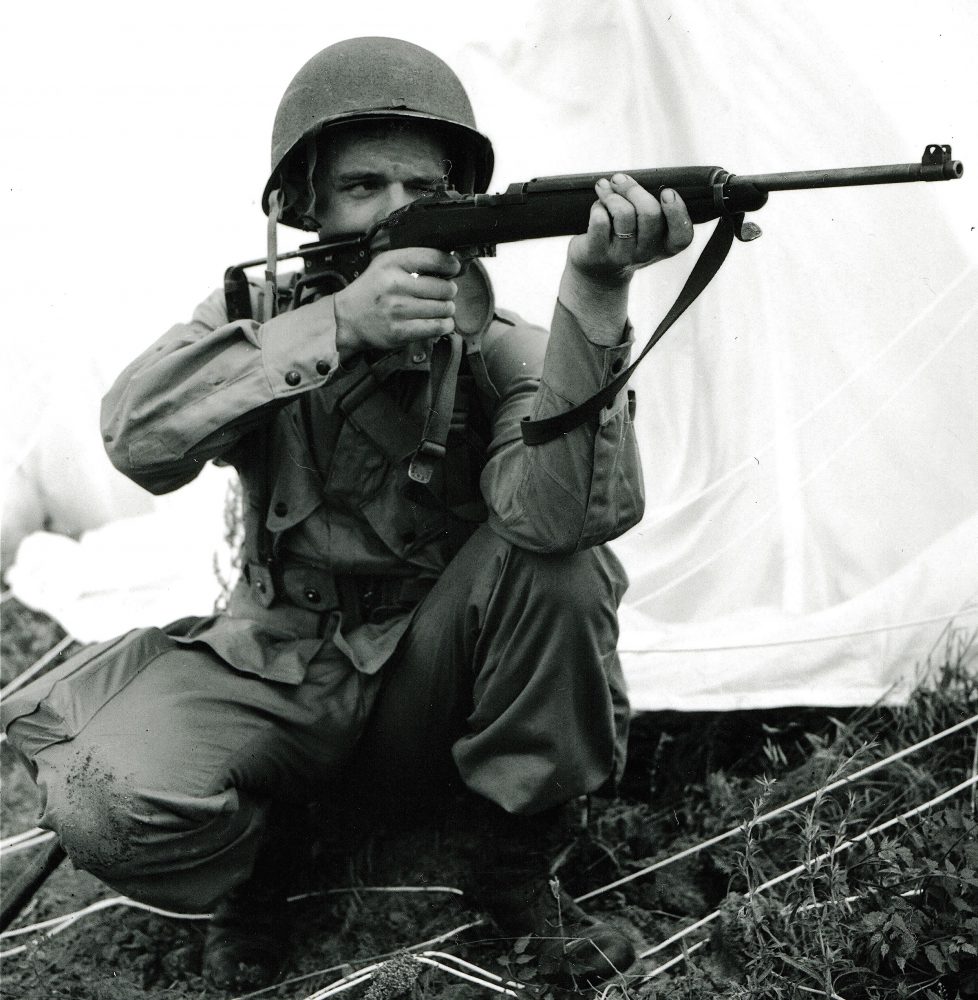
My railroad cop acquaintance used 30-round magazines in his Carbine, which had adjustable sights, so I assume his was a refurbished one.When I acquired my M1A1 several years ago, it cost more than a standard WWII M1 Carbine by quite a bit, but it was still reasonable enough that I didn’t mind shooting it, especially as it likely had served in WWII and the Korean War.
At that time, I mostly loaded it with standard GI-surplus 110-grain FMJ ammo. I also often used it as a house or car gun, using 15-round magazines because they let me bring the gun into action more quickly.
The design of the M1A1’s folding stock made it an especially quick ca Carbine to deploy, since the stock did not lock in place when folded. With a bit of practice, a slap of the stock locked it in place.
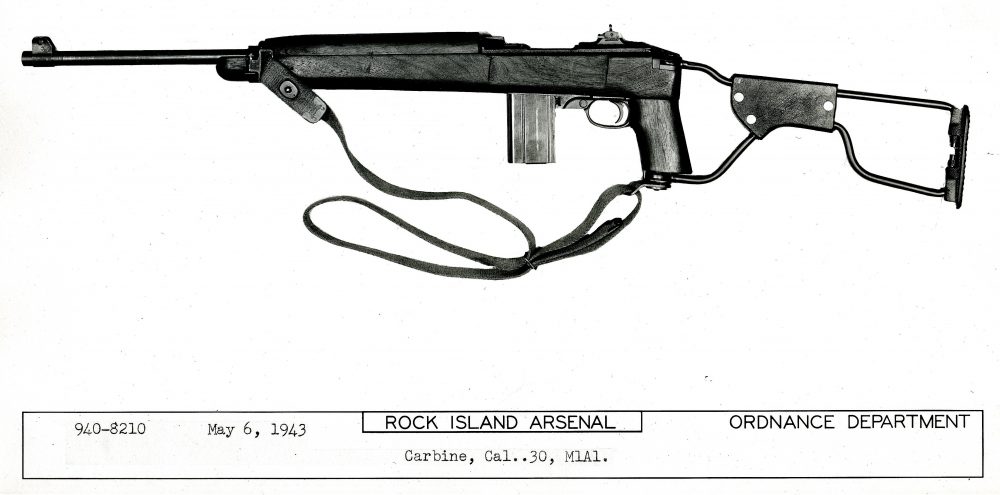
For about ten years, I lived in a semi-rural county outside St. Louis, where I considered the M1A1 a good weapon to keep lying next to my bed with the stock folded. In fact, it fit nicely between my Airedale’s bed and mine. If he alerted me, I could quickly grab the Carbine if so indicated. My wife could also handle it adequately, though she had a Colt Diamondback in her nightstand.Woods were behind my house and across the highway, so something with more range than the 2.5-inch S&W Model 66 in my nightstand offered was called for. However, other houses were also around, so I didn’t want something with excessive penetration, but did want more range than my 870 gave with buckshot.
I had some soft point or hollow point loads in the magazine, but I honestly can’t remember which ones 30 years down the road.
Thompson’s later model M1A1 with adjustable sights, lever safety, and bayonet lug with stock deployed.
It is certainly arguable that I could have chosen something more effective than my M1A1 Carbine, but I shot well with it to 100 yards and felt comfortable with it. I also admit that I just liked it. I had WWII paratroopers in the family, so I felt a bit of kinship with the M1A1.
It’s been over 45 years since I became intrigued by the M1A1 Carbine, and that interest has not waned. A few years ago, I wrote a book on the M1 Carbine and used that as an excuse to buy one of the early M1A1 Carbines with flip-up sights. It took a good chunk of what I earned writing the book, but it was worth it. But due to the Band of Brothers effect, it lives in the safe. My refurbished WWII gun often does too, as it is now worth $2,000+.
These days, I carry an AR-15, my DSA FAL Para, or my Steyr Scout rifle in my truck. Once in a while, I carry the M1A1. When I do, I load it with Corbon 100-grain DPX rounds. They are accurate and enhance performance.
At the range, my standard drill is to put 50 rounds of surplus GI ammo (I bought a good supply years ago) through it, followed by one magazine of DPX. I clean it and put it in and out of the truck when I’m going somewhere for a day or two, then back to the safe it goes.
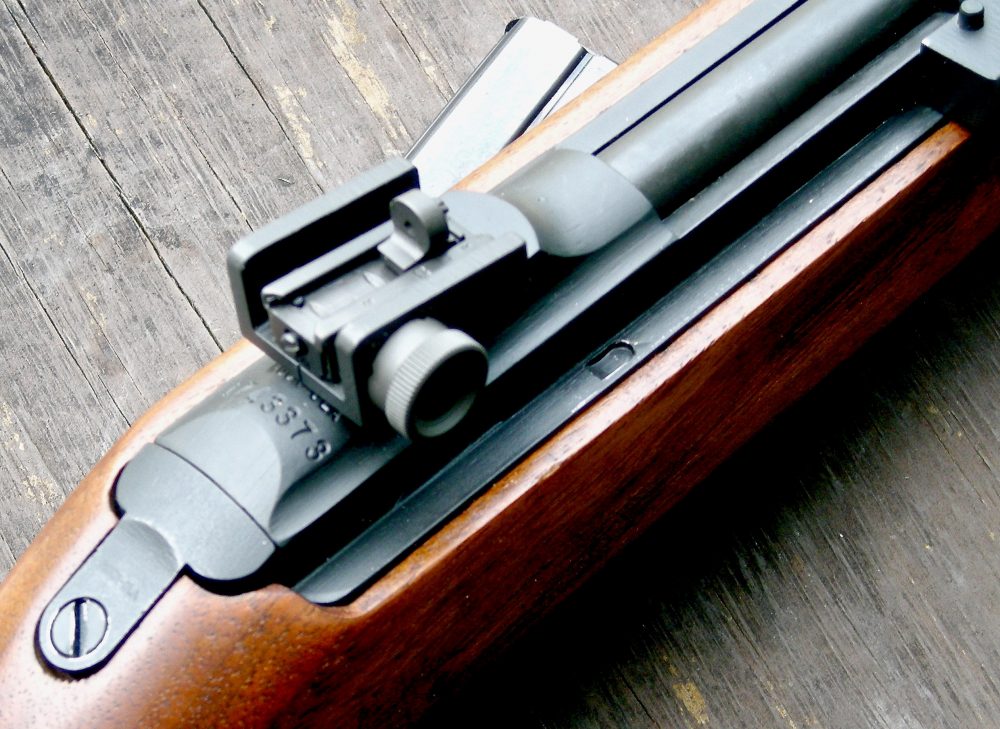
I still keep an M1 Carbine in my office, but it’s a refurbished WWII one with the fixed stock. I have a 30-round magazine loaded with 25 rounds for reliable functioning in it and two loaded 15-round magazines in a pouch on the stock. I live in an urban area now, so the Carbine loaded with DPX is a good grab-and-go gun.The M1 Carbine, and the M1A1 especially, remains one of my favorite firearms. It fought in the European and Pacific theaters, it fought in Korea, it fought in Vietnam, and it fought in the East St. Louis Railroad Yards.
What else can I say?

